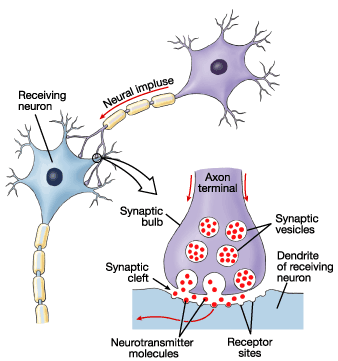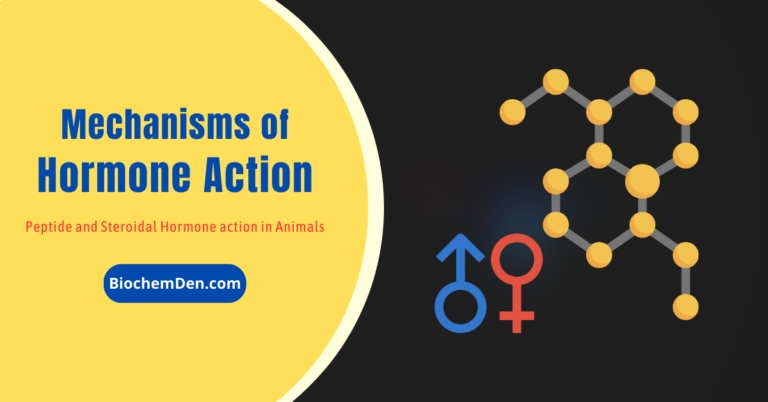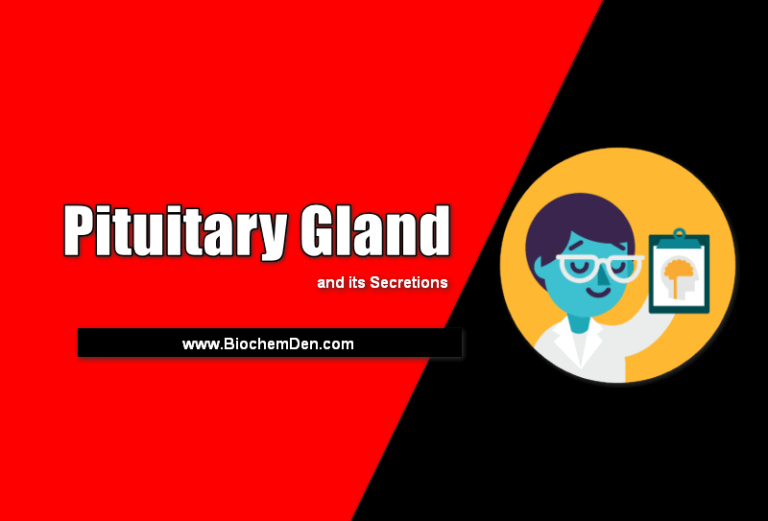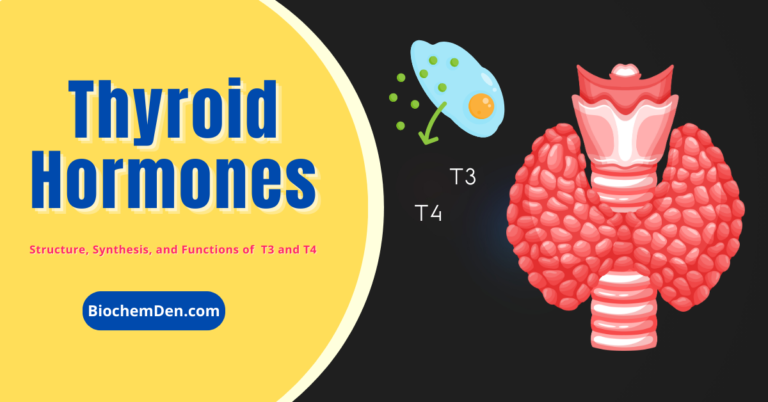Communication of information between neurons is accomplished by movement of chemicals across a small gap called the “synapse”. Chemicals, called neurotransmitters, are released from one neuron at the pre-synaptic nerve terminal.
Neurotransmitters then cross the synapse where they may be accepted by the next neuron at a specialized site called a “Receptor“.
The action that follows activation of a receptor site may be either depolarization (an excitatory post-synaptic potential) or hyperpolarization (an inhibitory postsynaptic potential).
A depolarization makes it MORE likely that an action potential will fire, a hyperpolarization makes it LESS likely that an action potential will fire.

Discovery of Neurotransmitters
In 1921, an Austrian scientist named Otto Loewi discovered the first neurotransmitter. In his experiment (which came to him in a dream), he used two frog hearts.
One heart (heart #1) was still connected to the vagus nerve. Heart was placed in a chamber that was filled with saline. This chamber was connected to a second chamber that contained heart #2. So, fluid from the chamber was allowed to flow into chamber#2.
Electrical stimulation of the vagus nerve (which was attached to heart #1) caused heart #1 to slow down. Loewi also observed that after a delay, heart #2 also slowed down.
From this experiment, Loewi hypothesized that electrical stimulation of the vagus nerve released a chemical into the fluid of chamber #1 that flowed into chamber #2. He called this chemical “Vagusstoff“. We now know this chemical as the neurotransmitter called “acetylcholine“.
Neurotransmitter Criteria
Neuroscientists have set up a few guidelines or criteria to prove that a chemical is really a neurotransmitter. Not all of the neurotransmitters that you have heard about may actually meet every one of these criteria.
Neurotransmitter Types
There are many types of chemicals that act as neurotransmitter substances. Below is a list of some of them.
1. Small Molecule Neurotransmitter Substances
- Acetylcholine (ACh)
- Dopamine (DA)
- Norepinephrine (NE)
- Serotonin (5-HT)
- Histamine
- Epinephrine
2.Amino Acids
- Gamma-aminobutyric acid (GABA)
- Aspartate
- Glycine
- Glutamate
Read more: Amino acid classification
3. Neuroactive Peptides – partial list only!
- Bradykinin
- beta-endorphin
- bombesin
- calcitonin
- cholecystokinin
- enkephalin
- dynorphin
- insulin
- gastrin
- substance P
- neurotensin
- glucagon
- secretin
- somatostatin
- motilin
- vasopressin
- oxytocin
- prolactin
- thyrotropin
- angiotensin II
- sleep peptides
- galanin
- neuropeptide Y
- thyrotropin-releasing hormone
- gonadotropin-releasing hormone
- growth hormone-releasing hormone
- luteinizing hormone
- vasoactive intestinal peptide
4. Soluble Gases:
- Nitric Oxide (NO)
- Carbon Monoxide
Synthesis of Neurotransmitters
Acetylcholine is found in both the central and peripheral nervous systems. Choline is taken up by the neuron. When the enzyme called choline acetyltransferase is present, choline combines with acetyl coenzyme A (CoA) to produce acetylcholine.
Dopamine, norepinephrine and epinephrine are a group of neurotransmitters called “catecholamines”. Norepinephrine is also called “noradrenalin” and epinephrine is also called “adrenalin”.
Each of these neurotransmitters is produced in a step-by-step fashion by a different enzyme.
Transport and Release of Neurotransmitters
Neurotransmitters are made in the cell body of the neuron and then transported down the axon to the axon terminal. Molecules of neurotransmitters are stored in small “packages” called vesicles (see the picture on the right).
Neurotransmitters are released from the axon terminal when their vesicles “fuse” with the membrane of the axon terminal, spilling the neurotransmitter into the synaptic cleft.

Unlike other neurotransmitters, nitric oxide (NO) is not stored in synaptic vesicles. Rather, NO is released soon after it is produced and diffuses out of the neuron.
NO then enters another cell where it activates enzymes for the production of “second messengers”.
Receptor Binding
Neurotransmitters will bind only to specific receptors on the post-synaptic membrane that recognize them.
Inactivation of Neurotransmitters:
The action of neurotransmitters can be stopped by four different mechanisms:
1. Diffusion: the neurotransmitter drifts away, out of the synaptic cleft where it can no longer act on a receptor.
2. Enzymatic degradation (deactivation): a specific enzyme changes the structure of the neurotransmitter so it is not recognized by the receptor. For example, acetyl-cholinesterase is the enzyme that breaks acetylcholine into choline and acetate.
3. Glial cells: astrocytes remove neurotransmitters from the synaptic cleft.
4. Re-uptake: the whole neurotransmitter molecule is taken back into the axon terminal that released it.
This is a common way the action of norepinephrine, dopamine, and serotonin is stopped these neurotransmitters are removed from the synaptic cleft so they cannot bind to receptors.






